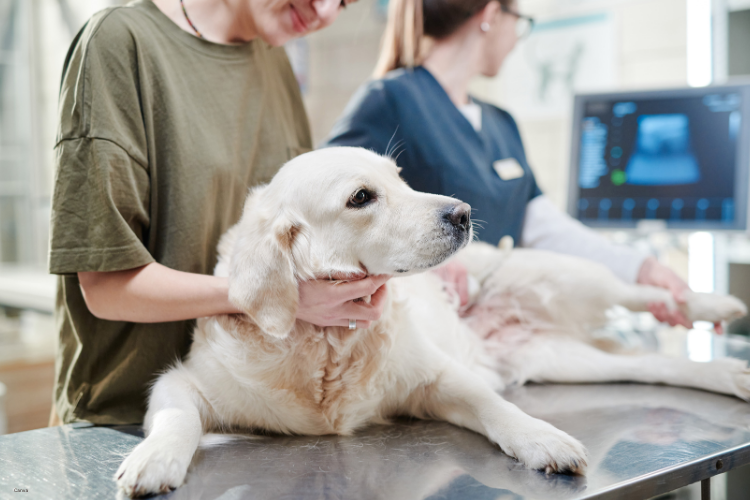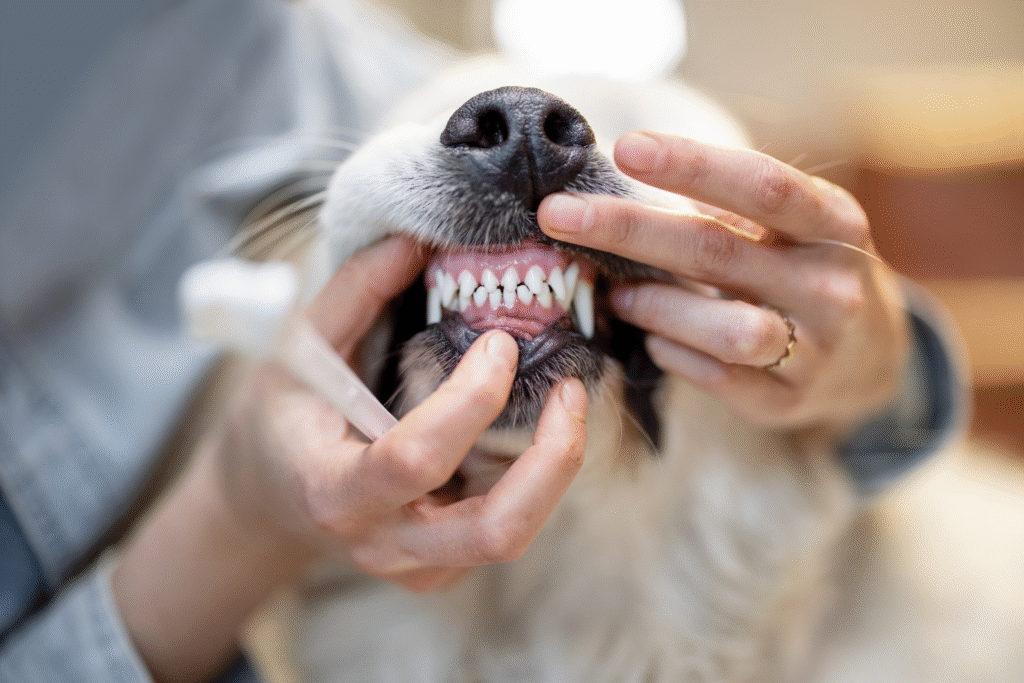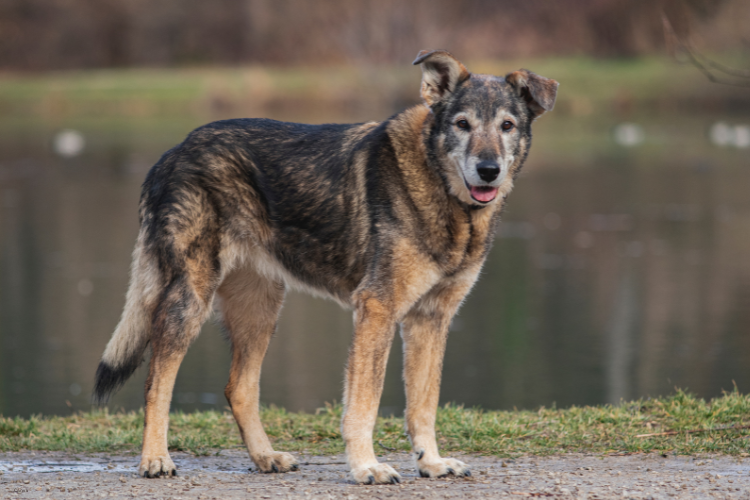Essential rules for caring for a mature canine companion.

When a dog enters its senior years life does not simply slow down, it changes in ways that call for extra care, attention and patience. Vets emphasise that the habits we adopted when our dog was young may no longer suit its aging body and mind. Getting ahead of emerging issues rather than reacting to them can dramatically improve quality of life. Here are ten things to avoid with a senior dog if you want to keep things peaceful, healthy and respectful of your companion’s changing needs.
1. Making them run long distances without medical clearance.

Senior dogs often have joint, heart and mobility changes that are not visible at a glance. Forcing high intensity exercise without vet approval can accelerate wear and trigger pain or injury. According to the American Veterinary Medical Association older dogs need adapted activity and more rest. Respecting that evolution of their body helps them continue enjoying movement.
2. Ignoring changes in diet that match their ageing needs.

As dogs age their metabolism, muscle mass and nutritional requirements shift, so staying on a diet meant for younger dogs may undermine health, as stated by Dr Jeff Werber. Feeding too many calories or the wrong nutrients increases stress on organs and joints. Talking with your vet about diet adjustments gives your senior dog a better chance at comfort and vitality.
3. Skipping veterinary checkups because old age is normal.

Treating every change as just aging means you risk missing treatable problems, according to RSPCA guidance. Regular exams, blood work and mobility checks detect early signs of disease before they become crises. Making vet visits a priority for your senior dog is one of the kindest things you can do.
4. Leaving them on slippery or inaccessible flooring.

When vision, balance or joint flexibility decline, smooth floors become hazards for senior dogs. Stepping off a bed or negotiating stairs can risk falls or injury. Adjusting the home environment with rugs, ramps or nonslip surfaces keeps your companion safer and more confident.
5. Maintaining unchanged routines when their body demands adaptation.

Your senior dog may still love walks or play but expecting them to do exactly what they did at nine may ignore fatigue, stiffness or sensory loss. Tailoring their exercise, playtime and rest to current ability recognises and respects their stage of life.
6. Forcing social interactions when they prefer calm and solitude.

Older dogs may be more sensitive to noise, movement or crowding. Pushing them into high stimulus situations can increase stress and reduce enjoyment. Observing when they retreat or show signs of unease helps you respect their pace and preserve their dignity.
7. Neglecting dental care and assuming gums do not matter at old age.

Oral health problems amplify with age and untreated dental disease escalates risks of organ damage, weight loss and pain. Keeping dental checks and cleanings consistent protects more than teeth, it safeguards overall wellness.
8. Ignoring subtle behaviour changes as just aging quirks.

Confusion, restlessness, increased vocalisation or house soiling may hint at cognitive or medical issues rather than simple old age decline. Recognising and investigating these signals supports your dog with care rather than resignation.
9. Keeping food and water bowls in hard to reach locations.

Mobility, hearing and vision often weaken in senior dogs, so locating essentials within easy reach reduces strain and discomfort. Ensuring their environment supports access to nourishment and hydration enhances comfort and helps maintain good health.
10. Assuming pain is inevitable and leaving it untreated.

Senior dogs may hide discomfort to stay loyal rather than complain. Pain from arthritis, heart or other conditions can go unnoticed yet impact quality of life. Vets emphasise managing pain through therapy, medication and environmental adjustments.
